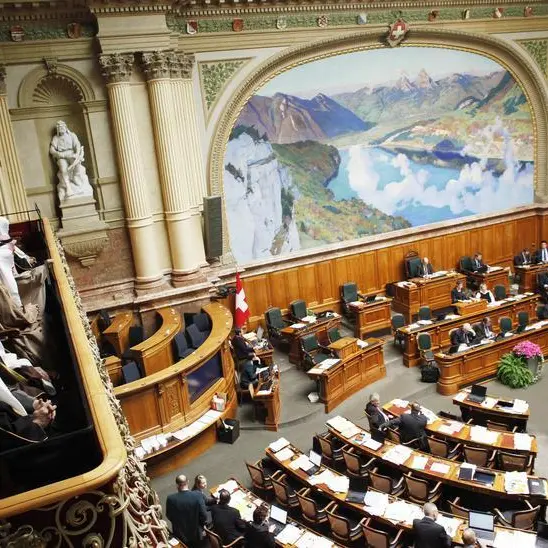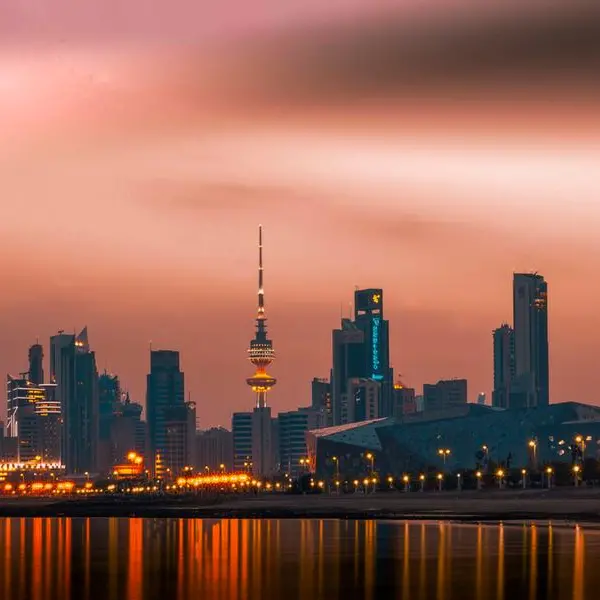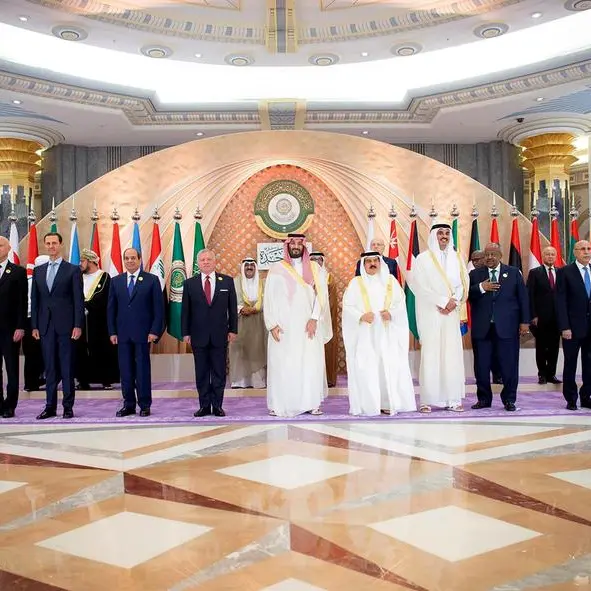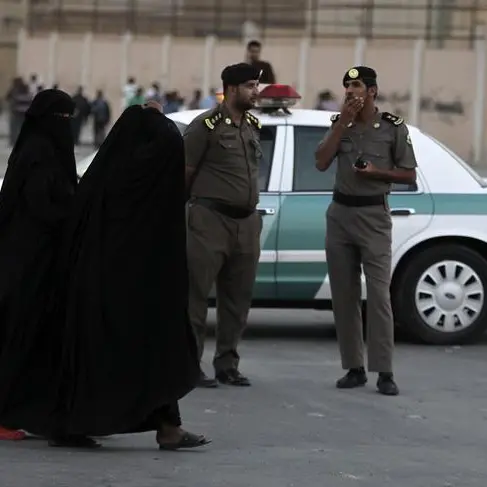PHOTO
Tuesday, Nov 15, 2016
Dubai: A detailed regulatory framework for Dubai’s budding district cooling sector will be issued next year, an official said.
“There is a regulation which we are expecting to be issued in the beginning of the year [2017]. It basically addresses the need to regulate the market,” Eng Faisal Ali Rashid, director of the Demand Side Management for the Dubai Supreme Council of Energy, told Gulf News on the sidelines of the District Cooling 2016 conference.
District cooling is the centralised production and distribution of cooling energy using chilled water via underground pipes to cool building interiors within a district. It is part of the nine programmes under Dubai’s energy Demand Side Management strategy, which aims to contribute to Dubai’s sustainable development.
Under the theme ‘District Cooling: A Climate Solution’, the conference was held to enable industry experts, district cooling providers, real estate developers and other stakeholders learn from one another’s best practices.
Since the Paris Agreement on Climate Change has now come into force, the need for highly efficient and sustainable district cooling has increased in importance for the region. In the UAE, cooling systems account for 60 to 70 per cent of energy consumption in buildings.
Since using district cooling saves energy, water and reduces carbon emissions, it is one of the ways forward in cooling buildings in Dubai, Rashid said.
But education and awareness on the proper use of district cooling is important, said Ahmad Bin Shafar, CEO of Empower, Dubai’s leading district cooling company and conference sponsor. Empower provides district cooling to 70 per cent of the new projects in Dubai.
Based on their observation, if district cooling is not metered and not charged to the end-users, some abuse it.
“Before the meters were introduced, some of the customers misused their AC. When they travel to their home countries, or when they’re abroad, they keep the AC on day and night and leave a window open for some fresh air. But when we converted it to end-user billing, we saw a 20 per cent reduction in consumption,” Bin Shafar told Gulf News.
Specific regulation, however, is needed as to how the charges are to be divided, an expert at the conference said. There are more than a dozen district cooling companies in the UAE.
This is where clarity and regulation should come in. When individual users are locked in with the providers, “there is room for conflict and there is room for tension between these parties”, said Anwar Hassan, vice-president, Field and Sales and Operations, Building Efficiency at Johnson Controls and speaker at the conference.
Hassan said regulators can look at the fundamental causes leading up to these charges, make sure that access to long-term financing is available to ease the burden of depreciation and enable recovering costs and “make sure that the allocation of cost is fair so everyone makes profit, including the end-user”.
HOW DISTRICT COOLING CHARGES ARE SPLIT:
Currently, there are no formal regulations on who should pay for the capital investments (displayed on bills as capacity or demand charges) on district cooling in a development. The common practice in the market is developers pass on these costs to end-users on top of their consumption charges which “makes district cooling appear artificially expensive” according to Booz and Company’s study on ‘Unlocking the Potential of District Cooling, the Need for GCC Governments to take Action’.
A sample bill looks like this:
Consumption charge: Dh400
Demand Charge: Dh1,575 (3 months)
Meter Maintenance Chance: Dh40
Total: Dh2,015
By Janice Ponce de Leon Staff Reporter
Gulf News 2016. All rights reserved.












